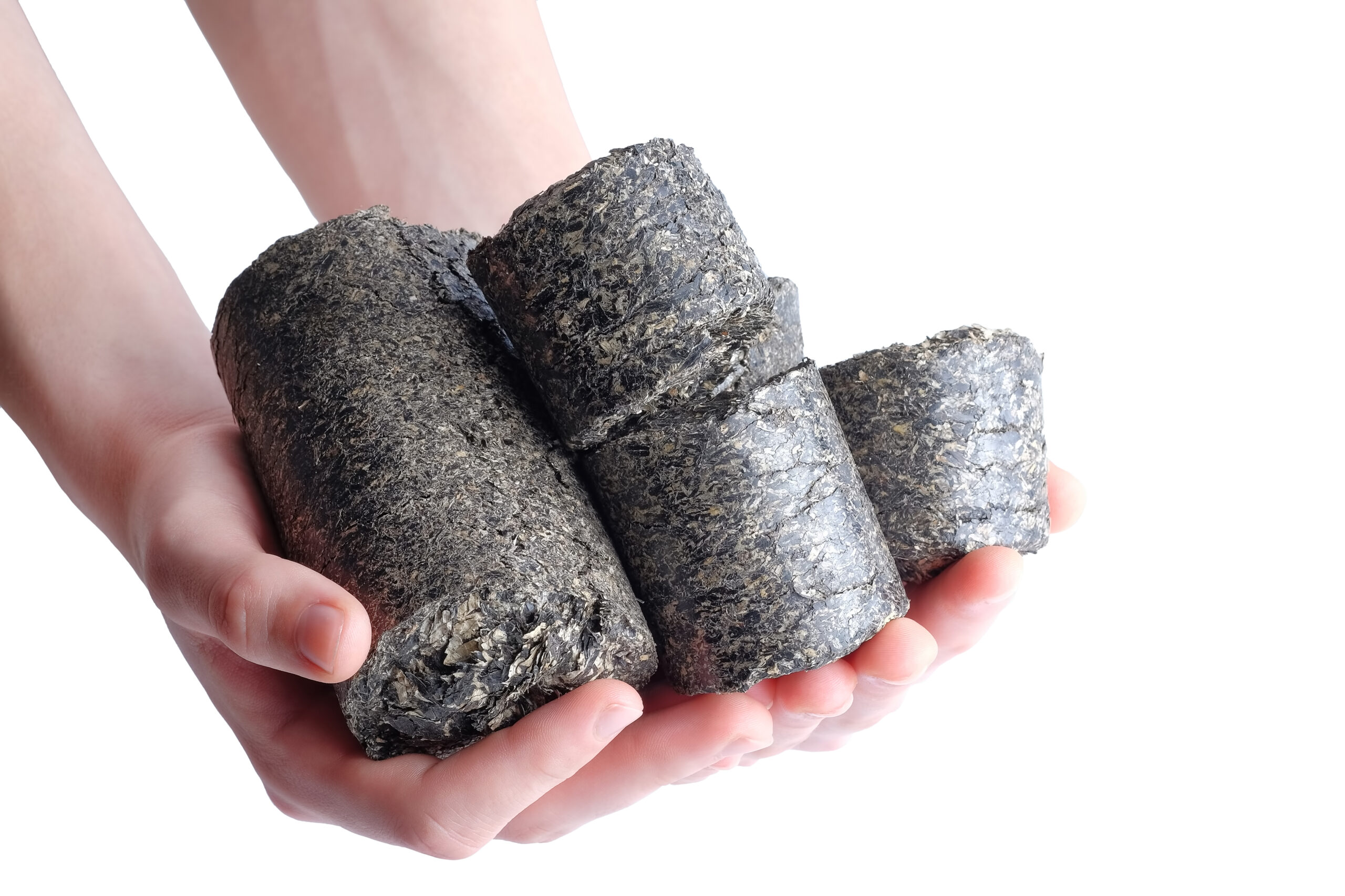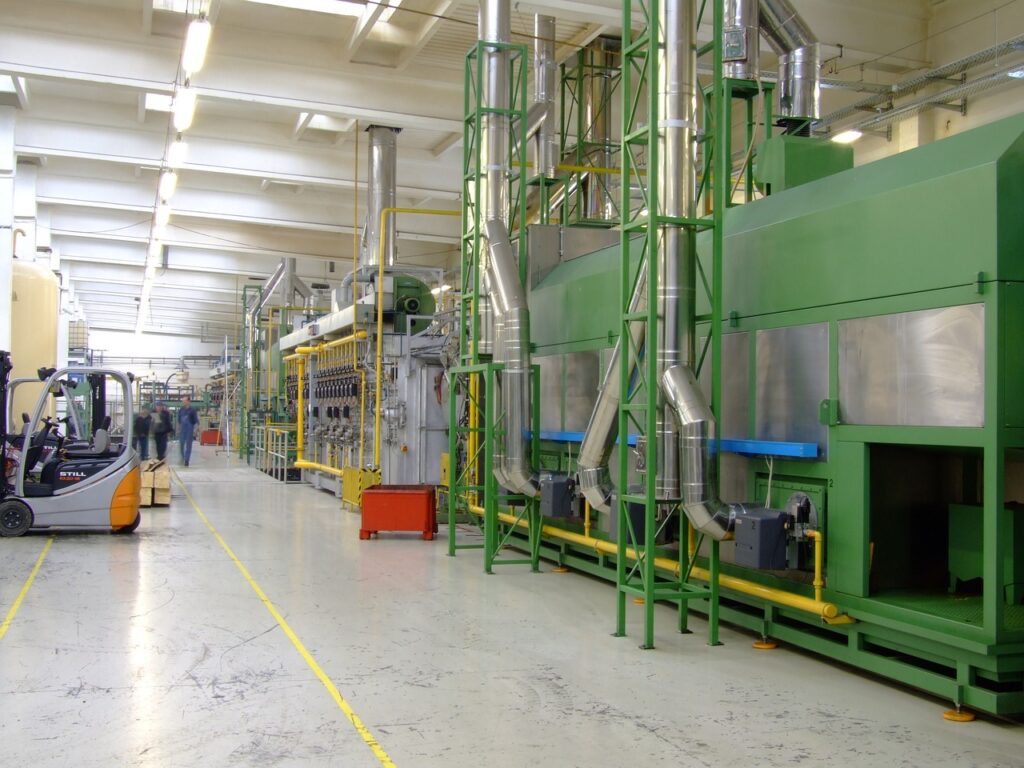
Waste to Energy (W2E)
Waste-to-Energy (W2E) is a process that converts waste into electricity, and/or heat.
The objective of W2E is to reduce the amount of municipal waste in fresh or landfill streams and to create a more sustainable future.
Our W2E consultants can assist organisations in conducting LCAs to evaluate the environmental impact of W2E technologies, and solutions whilst identifying opportunities for improvement. Additionally, we can provide guidance on the development of sustainable waste management programs and support the implementation of W2E projects.



